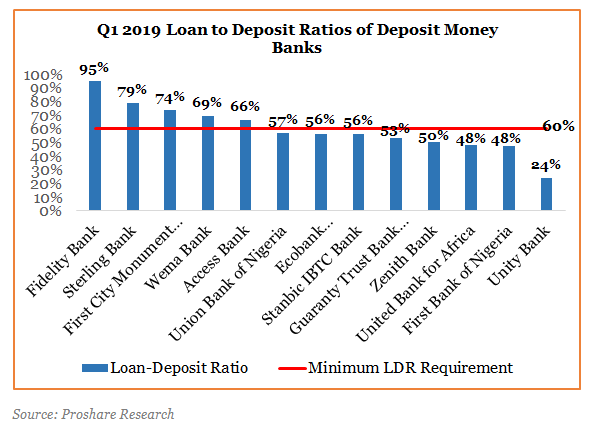A Short Thread

The CBN anticipates that if the banks reduce their investment in debt securities, they'll have no choice to find other means to generate income from those additional funds. The banks notwithstanding are not without options

Get real-time email alerts when new unrolls are available from this author!
Twitter may remove this content at anytime, convert it as a PDF, save and print for later use!

1) Follow Thread Reader App on Twitter so you can easily mention us!
2) Go to a Twitter thread (series of Tweets by the same owner) and mention us with a keyword "unroll"
@threadreaderapp unroll
You can practice here first or read more on our help page!

